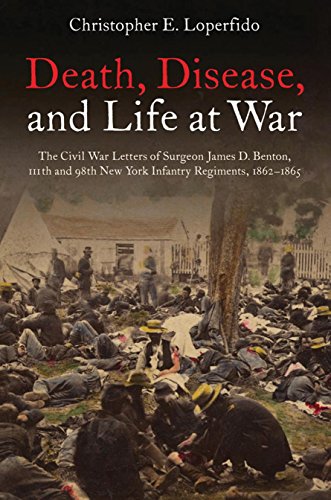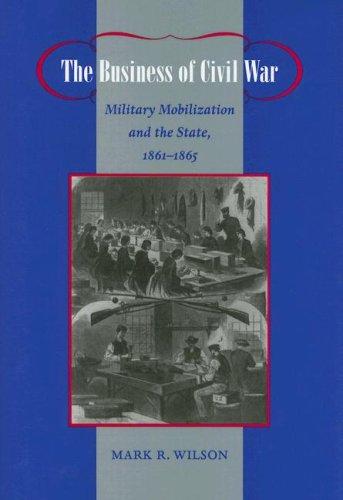Reconstruction proved one of America’s most tumultuous periods. The post-Civil War South featured chaos and lawlessness as ex-Confederates refused to accept the new political order. In North Carolina, the political atmosphere proved especially charged as old and new social orders clashed to control the political and economic resources of the state.
Historian Drew A. Swanson’s A Man of Bad Reputation: The Murder of John Stephens and the Contested Landscape of North Carolina Reconstruction attempts to unravel the contested history of Reconstruction in North Carolina by revisiting the infamous murder of Republican state senator John Stephens. Drawing on personal testimony, newspaper reports, and period correspondence, Swanson attempts to reconstruct John Stephens’s life—and to show how his murder shaped North Carolina politics for years to come.
Swanson reveals up front that the historical record does not permit a full reconstruction of Stephens’s life, attitude, and ambitions (9). To bring his subject into better clarity, then, Swanson surveys the history of Caswell County, North Carolina—the place where Stephens lived. Prior to the outbreak of the Civil War, Caswell County seemed to have a bright future. Individuals like Stephens and others were lured to the region because of the booming tobacco industry in the region. The local tobacco crop was vital to one’s social standing. However, following the Civil War, white North Carolinian farmers witnessed their once bright future dimmed by uncertainty, as newly freed slaves competed for land.
Stephens attempted to secure a position of prominence within the new social order by making a post-war political conversion. Much of his political power hinged on the enfranchisement of recently freed slaves, drawing animosity from local white farmers. To no surprise, when he was controversially elected to the state senate and accused of being a spy for the hated Governor William Woods Holden, local whites saw Stephens as a threat and resorted to violence to suppress him. On May 21, 1870, members of the Ku Klux Klan lured Stephens into the basement below the county courthouse and murdered him.
While an investigation would take place, his murder proved to be beginning of the downfall for the Republican Party in North Carolina. Governor Holden would initiate martial law in Caswell and neighboring Alamance County. Through such actions, Holden only emboldened conservative whites, which led to their “redemption” within state politics and the governor’s impeachment. While neither episode “completely killed North Carolina Republicanism,” Swanson argues, “together they would eventually prove mortal wounds” (100).
In the second half of the book, Swanson turns to Stephens’ legacy and place in historical memory. The author concludes that Stephens was neither the righteous civil rights leader his supporters promoted nor the cynical villain as his detractors portrayed. Instead, he was a flawed man animated by his own ambitions—and therefore “a poignant emblem of Reconstruction in the United States” (152).
Riley Sullivan teaches history at Lone Star College. A specialist of Reconstruction and Civil War memory, his work has appeared in the Tennessee Historical Quarterly.





